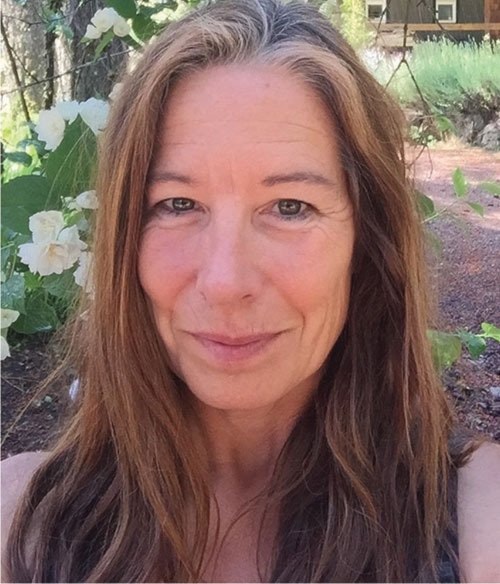One-third of the food we eat depends on pollination. Let that sink in. If we want to eat, we need pollinators. It might not betop of mind when we think about our food security here in Saanich, but the little critters that transfer pollen from one plantto another are vital to our survival.
Most people think about honey bees when they consider pollinators. There has been growing worry over the increasing lossof honey bee populations on the Island due to a combination of the use of pesticides, lack of forage and the spread of theVarroa mite, a deadly pest to the honey bee. While this is a concern, the honey bee is actually not native to North America.They are important pollinators, but are quite lightweights in comparison to the heavy lifting done by our native pollinators.
The good news is that there are over 20,000 kinds of bees that undertake crop pollination. The bad news is that we are alsoseeing a huge drop in these native bee populations as well. Since we started studying native bees we have seen a 37 percent decline in Europe, and about a 25 per cent decline in Canada and the U.S.
It is thought that habitat loss, climate change, invasive plants and diseases are affecting native bees. This loss is leading topollination problems across the globe, from California to China to Canada.
The total economic value of insect pollination worldwide is estimated to be over $200 billion. Understandably there issubstantial investment in efforts to replicate pollinator functions by bee-bots and self-pollinating crops. One wonders willthe loss of pollinators ultimately be the decline of humans?
Luckily for us a big gun in pollinator research and education has landed in our region. Dr. Lora Morandin from PollinatorPartnership Canada is here. In February she led a workshop at the Saanich Fairgrounds that was inundated with 140concerned people who wanted to learn more about pollinators and what we can do locally to build habitat and grow theirpopulation.
“In my new position as Western Canada program manager, I am excited to be working on pollinator conservation with thecommunity,” said Morandin. “Through research, education, habitat creation, policy development and most importantlycollaborating, we can protect our pollinators and help ensure healthy ecosystems and sustainable food production.”
Dr. Morandin is part of a newly forming working group on pollinators in the region that is bringing together farmers,growers and local organizations to amp up pollinator action. The beauty of tackling this challenge is that we can all dosomething right now.
Whether you are a farmer of many acres or a gardener with a small space, you can increase the number of pollinators inSaanich by choosing plants that provide essential habitat for bees, butterflies, moths, beetles and hummingbirds.
There are some really easy care and beautiful native (and edible) plants and flowers that assist pollinators. Blue, violet,white and yellow flowers are best, and having a range of plants that bloom in succession from March to October is key. Youcan ask for info about great wildflower and plant seed mixes at your local garden store and there is also lots moreinformation and technical guides available for free on-line at www.pollinatorpartnership.ca.
For some very local info I highly recommend a new book out called Resilient Gardens 2017 that is all about pollinators withsome great charts showing native plants that are easy to grow and care for, by local garden guru Linda Gilkeson.
This spring choose your seeds and plants with pollinators in mind. For more information and to get in touch with a growingpollinator network, contact Dr.Lora Morandin at lm@pollinator.org.
Linda Geggie is the executive director with the Capital Region Food and Agriculture Initiatives Roundtable and can bereached at lgeggie@cfair.ca.
